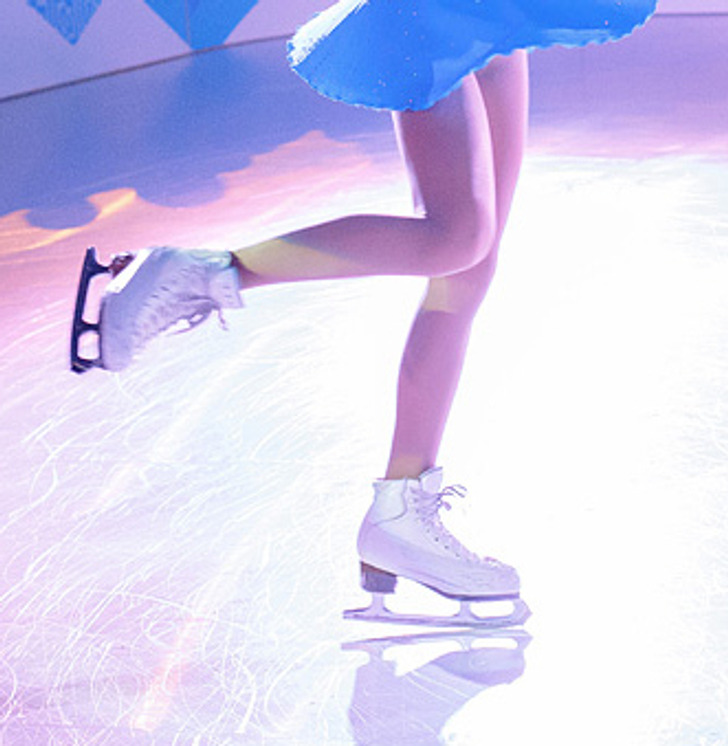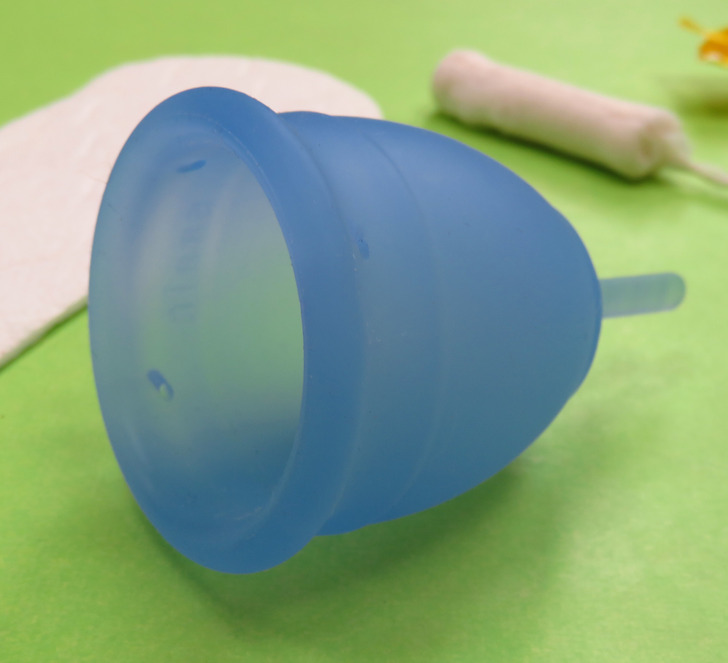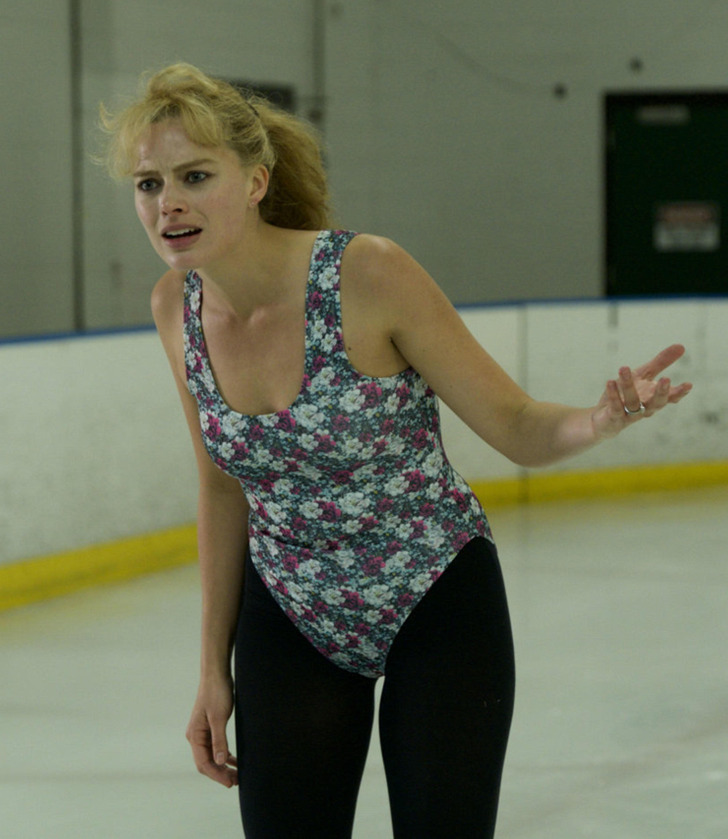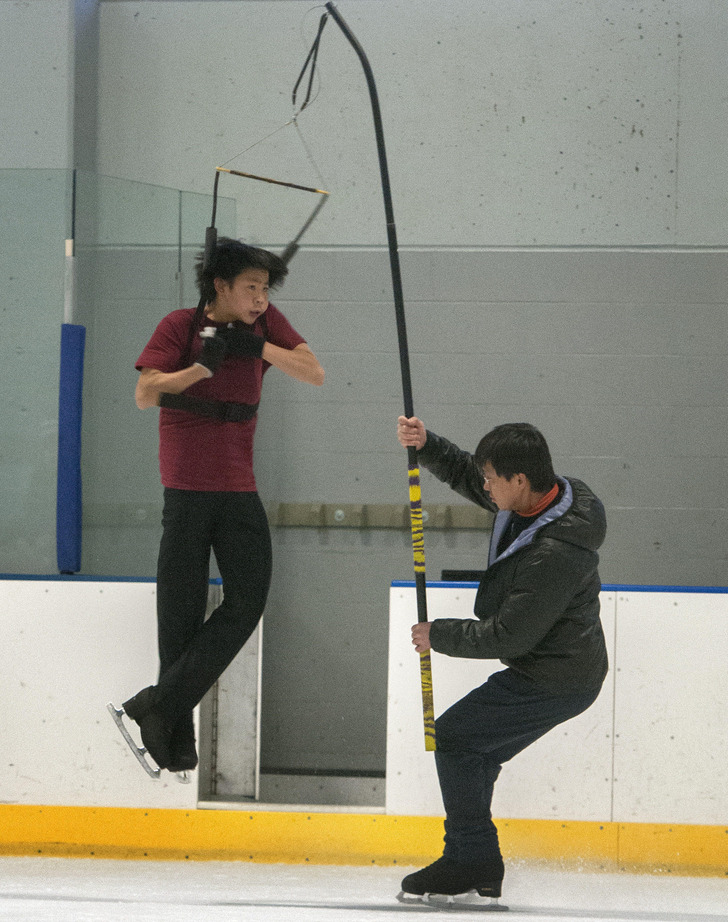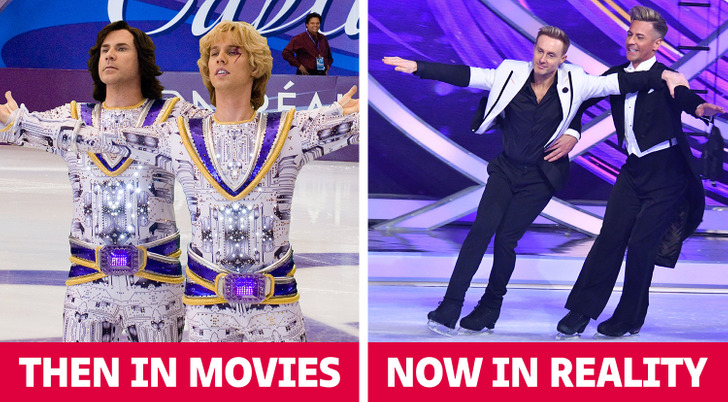12 Facts About Figure Skating That Reveal a Different Side of the Sport
According to a recent survey, figure skating takes the top spot for biggest number of fans among Winter Olympics disciplines. About 40% of respondents admitted to following this sport. Audiences enjoy the athletes’ costumes and polished movements. However, we are ready to go further and show you the world of figure skating from the inside. As it turns out, this popular sport is full of secrets and conventions.
They wear crash pads.
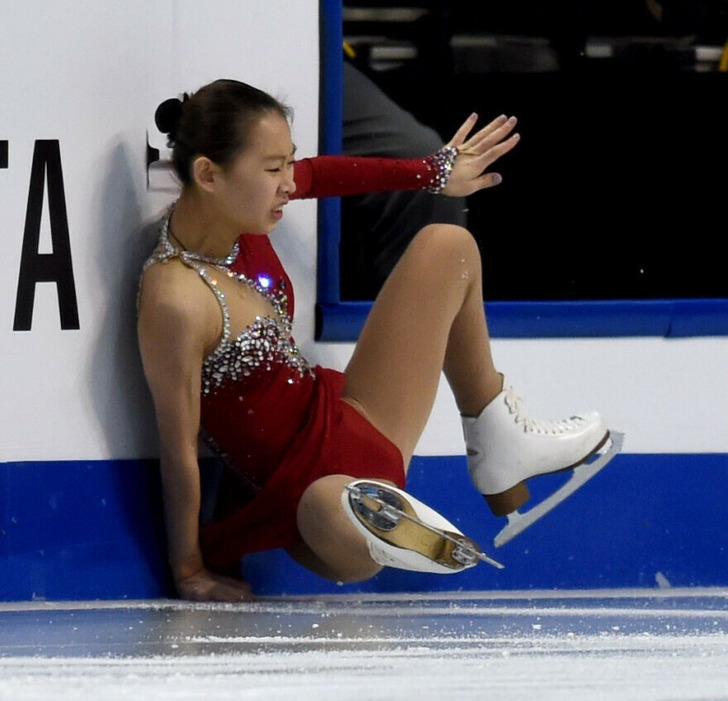
Figure skaters, both beginners and professionals, fall on ice a lot when they train. To protect themselves from injuries, they wear special equipment — helmets on their heads, and crash pads for the back and legs.
They have the term “kiss and cry.”
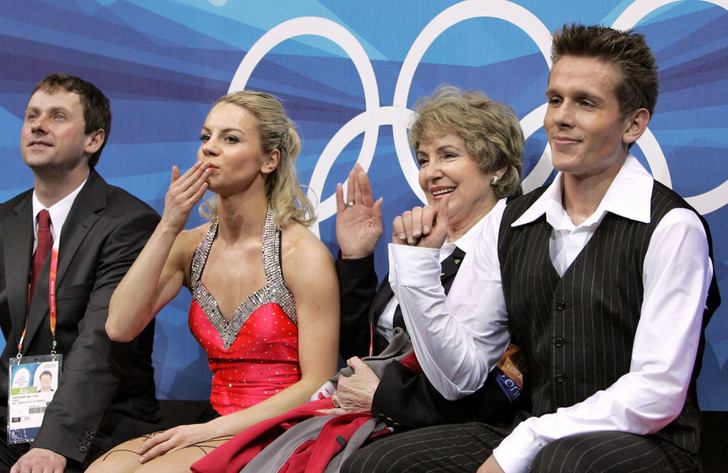
Like in any sport, figure skaters have their own slang. For example, the phrase “kiss and cry” refers to the area where skaters wait for their scores at figure skating competitions. Here, athletes learn about the scores they received for their performance. Due to the emotional reaction of athletes and coaches, which can include tears of joy or sadness and kisses, this bench is known as the “kiss and cry” area.
They train on synthetic rinks.
Figure skaters are professional athletes who train for hours every day. Even when they are on vacation or holidays, they find opportunities to put on skates, even if there is no skating rink nearby. Instead of natural ice, they use synthetic ice. Today, portable options can even be found on the market. The folding panels don’t take up much space, and due to their light weight, they are easy to transport.
Interestingly, the first artificial ice rinks were built in the 19th century. At that time, edible ingredients such as lard and salt were used to create the ice. The opening of such establishments was accompanied by great excitement. The opportunity to skate in warm weather seemed like the eighth wonder of the world.
They wear menstrual cups and daily pads.
Female figure skaters have to train and compete no matter when their period comes. When it’s their period, they use menstrual cups. They are safer and more reliable than tampons. For additional protection, they use daily pads. Even if some stains appear, they just continue skating as if nothing has happened.
They may fail a doping test due to oral contraceptives.
Figure skaters are tested for the use of banned performance-enhancing drugs. Female athletes face a difficult situation because they cannot take birth control pills with certain compositions. Some of these medications can distort the test results out of their favor.
They train more than 4 hours a day.
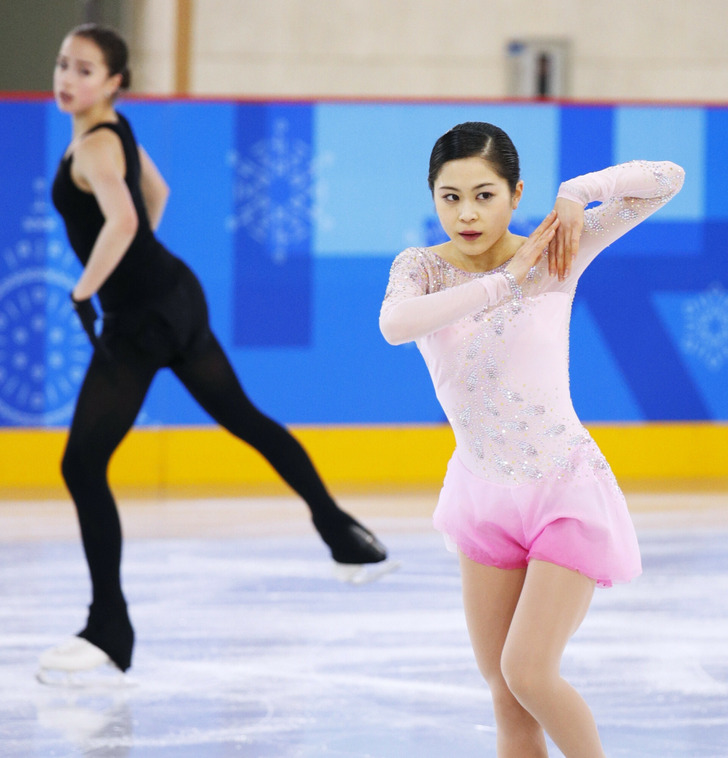
Professional figure skaters spend a lot of time training. Some athletes have to wake up extremely early. For example, figure skater Alina Zagitova wakes up at 4:30 am to immediately start her training process. Champions’ training schedules include yoga, Pilates, ballet, strength training, and running. All of this is combined with daily four-hour practice sessions on the ice.
They don’t participate in Olympic Games before the age of 17.
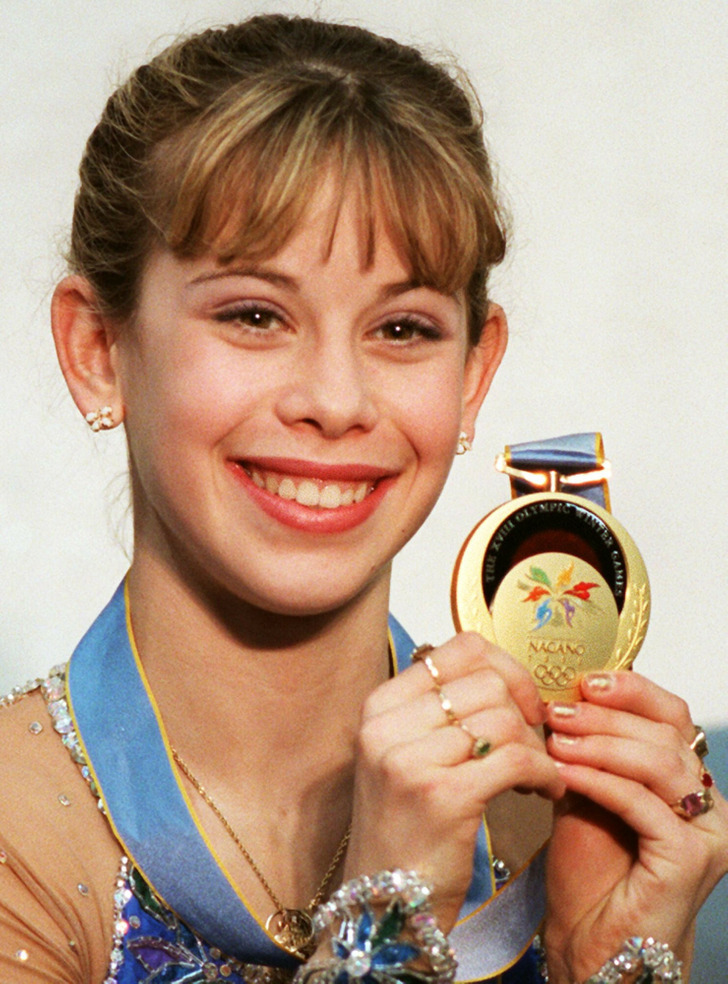
According to the latest rules of the Olympic Committee, only female figure skaters over the age of 17 are allowed to compete. Before this rule, the age limit was lower. This requirement even has a name: the “Lipinski Rule.” Tara Lipinski won the gold medal at the 1998 Winter Olympics in Nagano at the age of 15, becoming the youngest winner in history. After this, a rule was introduced that participants had to reach the age of 15 by July 1st of the year preceding the competition.
Today, Tara Lipinski works as a commentator for NBC Sports. The former figure skater reacted negatively to the new restrictions: “There young athletes will still be skating under this broken system, you just won’t see them til they are 17.”
They apply hairspray on their legs.
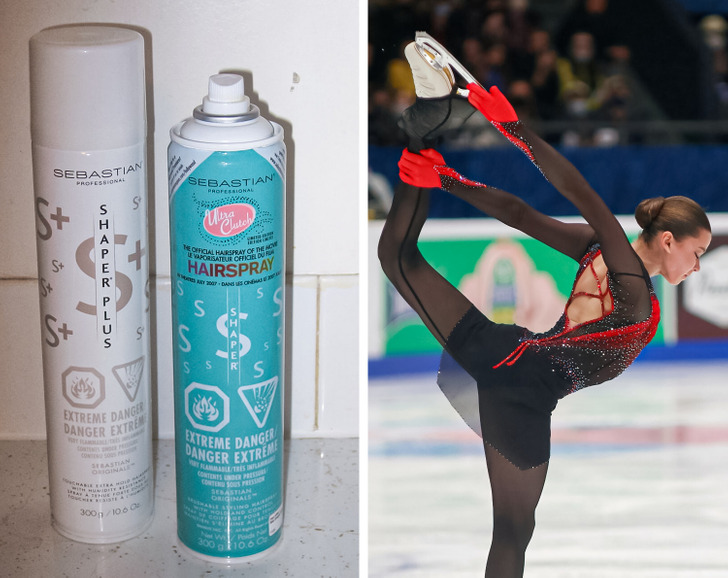
Figure skaters have their own dress code. Dresses and bodysuits should look modest and cover about 70% of the torso and body. Costumes must not touch the ice under any circumstances, otherwise judges will remove points for performances. This is why figure skaters try to avoid the use of feathers and trimmings in their outfits. If a costume element falls on the ice, the participant will lose points. And to prevent the dress from riding up, female figure skaters use hairspray on their legs.
They have different skates for each leg.
Figure skaters have a very serious preparation sequence for the Olympics. It’s not just about training, but also about the equipment. For example, the skates are custom-made. Each leg is measured separately because the left foot might be a little different from the right one.
They use special underwear.
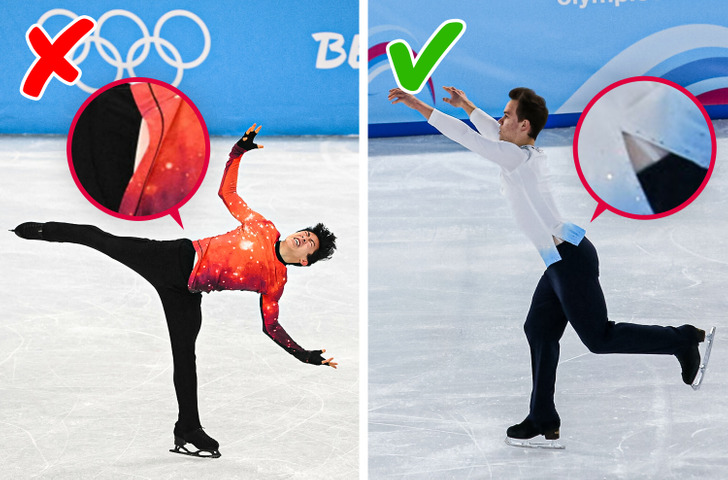
Figure skaters are not allowed to showcase their bare torso on the ice rink. That’s why female skaters perform exclusively in dresses or overalls, while male skaters wear shirts and pants. To avoid having their top ride up during the dance and revealing their stomach to the judges, athletes wear special underwear that is attached to the shirt in a way that keeps it in place.
They learn to make jumps with a harness.
Figure skaters train with a special harness with the help of an assistant coach. During these sessions, athletes learn how to jump and perform their moves on the ice. The coach controls the speed, curve of the takeoff, and even the athlete’s body position and back alignment. The harness is either attached to special loops above the rink or held by the coach.
They perform in same-sex duos.
For the first time on the British show Dancing on Ice, a duo consisting of two male athletes went to the rink. Figure skater Matt Evers and actor/singer Ian H. Watkins performed to the song “High Hopes” by Panic! at the Disco. The performance instantly went viral and became the subject of lively discussions online.
Perhaps someday, same-sex skating will be included in the Olympic program. By the way, figure skaters have already supported this initiative. For example, American athlete Alyssa Liu shared that she would be happy to skate with one of her rivals.
